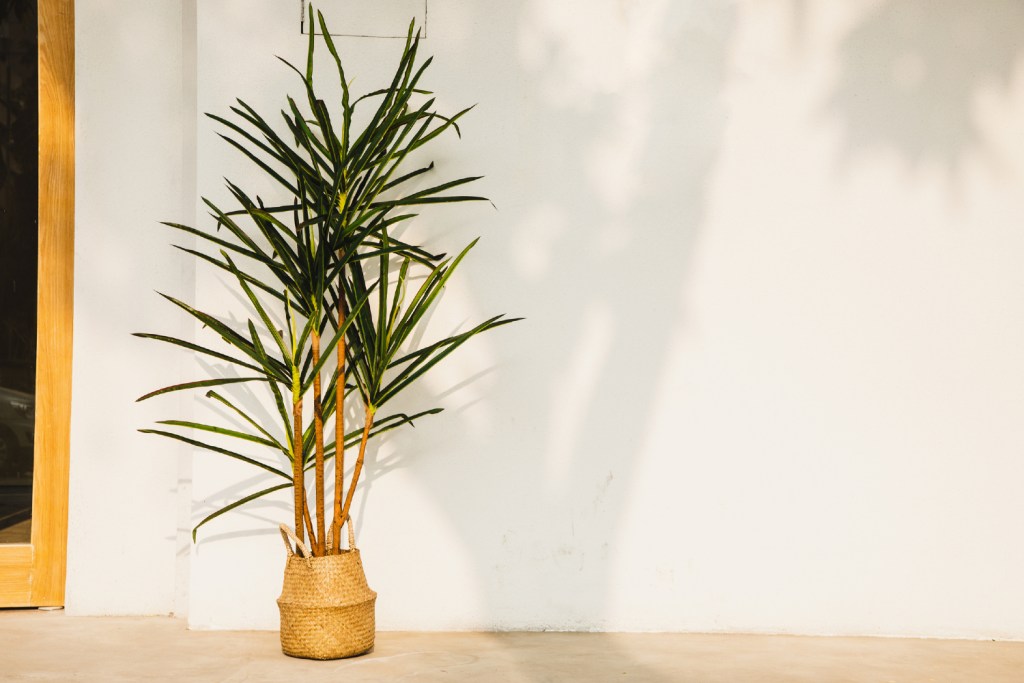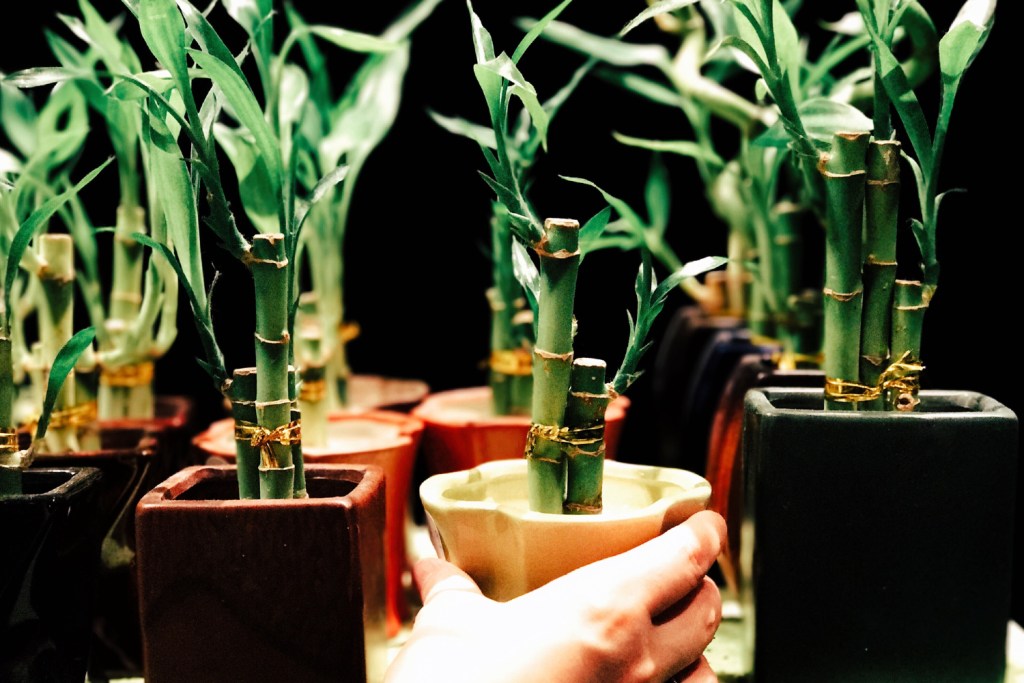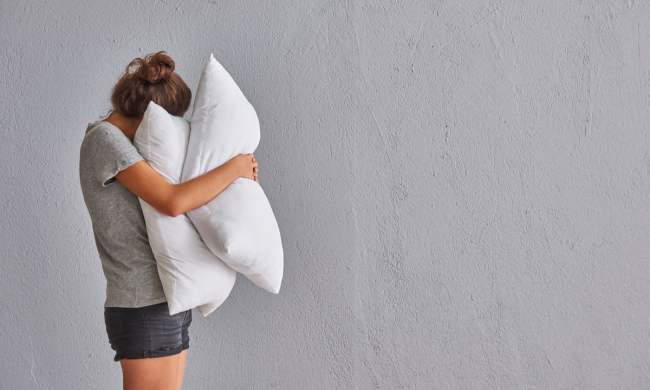There are over 1,000 different types of bamboo, which come in a wide range of heights, colors, and growth habits. This variety of growing habits is a major plus because no matter what climate you live in, you should be able to grow some kind of bamboo either indoors or outdoors. If you're looking for a new plant to grow, either potted in your house or outside in your garden, the pluses of choosing bamboo are abundant: bamboo can be a pest deterrent (rabbits and deer don't like bamboo); it's almost unfazed by insects pests (bamboo mites can be a problem in drier climates), and it's a renewable resource that absorbs greenhouse gases and releases oxygen into the atmosphere. If you want to learn how to grow bamboo, keep reading to find out how to do it like a pro, whether indoors or out.

Growing bamboo indoors
Several of the bamboo species can grow to heights well beyond what you can handle indoors, but there are a few types of bamboo that do well in containers. Golden bamboo and lucky bamboo are two species that thrive in a potted environment, but there are others as well. Check with your local garden center or online for additional ideas.
Step 1: Start with a container that is at least 12 inches wide and 12 inches deep and made from a heavy material to stand up to the weight of the bamboo canes. You can add gravel or some rocks to the bottom of the container if you don’t think the one you have is sturdy enough. Be sure to check for drainage holes in the bottom of the pot.
Step 2: Place the root ball in the bottom of the container, and fill it with loose, nutrient-rich potting mix. You can mix in compost at this time to encourage growth if you have some on hand. Bamboo likes soil that is slightly acidic with a pH between 5.5 and 6.5 but will tolerate a pH up to 7.5, which is where most potting soil falls.
Step 3: Water the bamboo well with distilled water. Bamboo thrives in humidity, so keep the soil moist and the leaves hydrated by spritzing them with water daily.
Step 4: If you know the exact name of the bamboo species that you have, look up the specific light recommendations and go from there. If you don’t know what species you have, follow these general rules: plants with small leaves tend to need more light than larger ones. If the room the plant is in is warm, the plant will probably need more light, while plants kept in cool rooms need less. Tropical species require more light than temperate species.

Growing bamboo outdoors
Growing bamboo outdoors can provide you with a privacy screen or windbreak and protect your garden and other plants from pests like deer and rabbits. It’s crucial to select a bamboo species that grows well in your climate, and keep in mind that many types of bamboo will spread. Also, be sure to choose a species that grows to a height you can handle -- some species can grow up to 55 feet tall!
Step 1: Dig a hole twice as wide as the rootball, and set the bamboo in the hole.
Step 2: Be sure to spread the roots out before gently backfilling the hole, lightly tamping down the soil as you go.
Step 3: Water the hold thoroughly and then weekly until the plants are established. Once established, the bamboo needs about one inch of water a week, either from rainfall or watering.
Troubleshooting
Whether you plant your bamboo inside in a pot or outside in your yard, you’re likely to run into similar problems. One of the most prevalent complaints is that bamboo spreads uncontrollably. If you don’t want the bamboo to spread and take over your yard, choose a clumping species rather than a running species.
- If the leaves of your bamboo plant are turning yellow, it could be because of over-watering, under-watering, or a nutrient deficiency. Check the moisture level of the soil and adjust while tracking results.
- If the leaves turn brown on the tips, it is probably because the plant is not getting enough water or enough nutrients. Start with increasing the water you give the plant, and if that doesn’t help, you may need to fertilize.
- If the foliage on your bamboo plant isn’t as full and lush as it used to be, it may be because the plant needs to be fertilized. If the plant is indoors in a container, it may be time to repot it.
Bamboo plants can be a great addition to your yard if you want some privacy or natural barriers for your garden. You can also plant bamboo in pots and keep it inside to add some life and extra oxygen to your home. Either way, bamboo is super easy to plant and relatively easy to maintain. With a little know-how and regular care, you can grow bamboo like a pro indoors and out.




